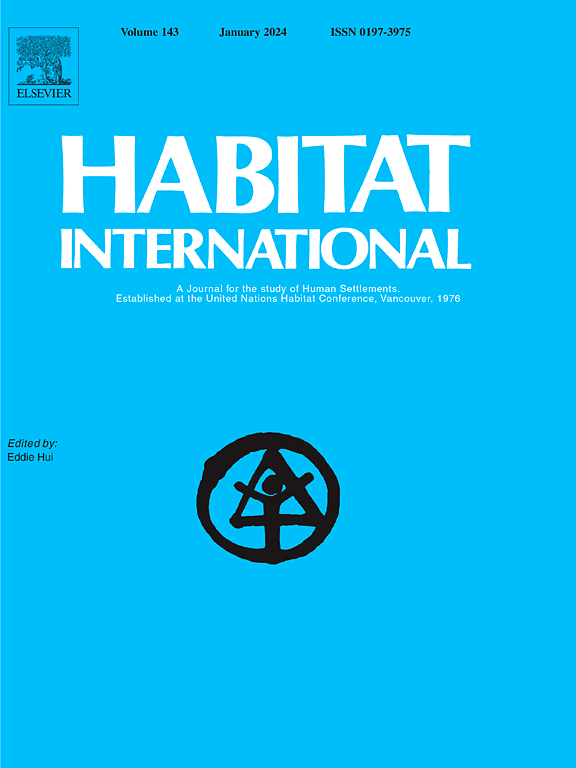A novel framework for rural vitality evaluation and revitalization by classification: A case of China
IF 7
1区 经济学
Q1 DEVELOPMENT STUDIES
引用次数: 0
Abstract
As a result of industrialization and urbanization, most countries around the world are facing the problem of declining vitality caused by rural population contraction. Rural vitality offers a valuable policy instrument for identifying key issues in rural development and finding specific responses. However, the extant research on rural vitality lacks sufficient systematicness and comprehensiveness, largely focusing on evaluations and applications at the micro level. In this context, corresponding to the hierarchical transmission of rural space, a novel two-tiered analysis framework of rural vitality is proposed. Then, we conducted a macro-level vitality evaluation from natural, facility, social, agricultural and economic dimensions, and typology identification of 1871 counties in China. The results indicated that rural vitality in China exhibited significant spatial heterogeneity, with a notable decline from the east coast to the center-west and northeast. In the sub-dimensions, except social, agricultural and economic trends were generally higher in the west and lower in the east, the other sub-dimensions exhibited the reverse trend. By employing cluster analysis, the research units were divided into eight categories. The regional policy directions were then proposed based on their respective strengths and weaknesses. In the future, all regions should respect the objective laws of rural transformation and the causes of vitality disparities, and focus on the strengths and characteristics of each sub-dimension to promote sustainable rural development. This study will provide a scientific basis for the diagnosis of rural problems and the implementation of rural revitalization strategies.
基于分类的乡村活力评价与振兴新框架——以中国为例
随着工业化和城市化的发展,世界上大多数国家都面临着农村人口萎缩导致活力下降的问题。农村活力为确定农村发展中的关键问题和找到具体对策提供了宝贵的政策工具。然而,现有的乡村活力研究缺乏足够的系统性和全面性,多侧重于微观层面的评价和应用。在此背景下,针对乡村空间的分层传递,提出了一种新的乡村活力的双层分析框架。然后,从自然、设施、社会、农业和经济四个维度对中国1871个县进行宏观活力评价,并进行类型鉴定。结果表明:中国乡村活力呈现出显著的空间异质性,从东部沿海向中西部和东北部显著下降;在各子维度中,除社会、农业和经济趋势总体上为西部高东部低外,其余子维度均呈现相反趋势。通过聚类分析,将研究单位划分为8类。然后根据各自的优势和劣势提出了区域政策方向。未来,各地区应尊重乡村转型的客观规律和活力差异的成因,聚焦各子维度的优势和特点,推动乡村可持续发展。本研究将为乡村问题的诊断和乡村振兴战略的实施提供科学依据。
本文章由计算机程序翻译,如有差异,请以英文原文为准。
求助全文
约1分钟内获得全文
求助全文
来源期刊

Habitat International
Multiple-
CiteScore
10.50
自引率
10.30%
发文量
151
审稿时长
38 days
期刊介绍:
Habitat International is dedicated to the study of urban and rural human settlements: their planning, design, production and management. Its main focus is on urbanisation in its broadest sense in the developing world. However, increasingly the interrelationships and linkages between cities and towns in the developing and developed worlds are becoming apparent and solutions to the problems that result are urgently required. The economic, social, technological and political systems of the world are intertwined and changes in one region almost always affect other regions.
 求助内容:
求助内容: 应助结果提醒方式:
应助结果提醒方式:


